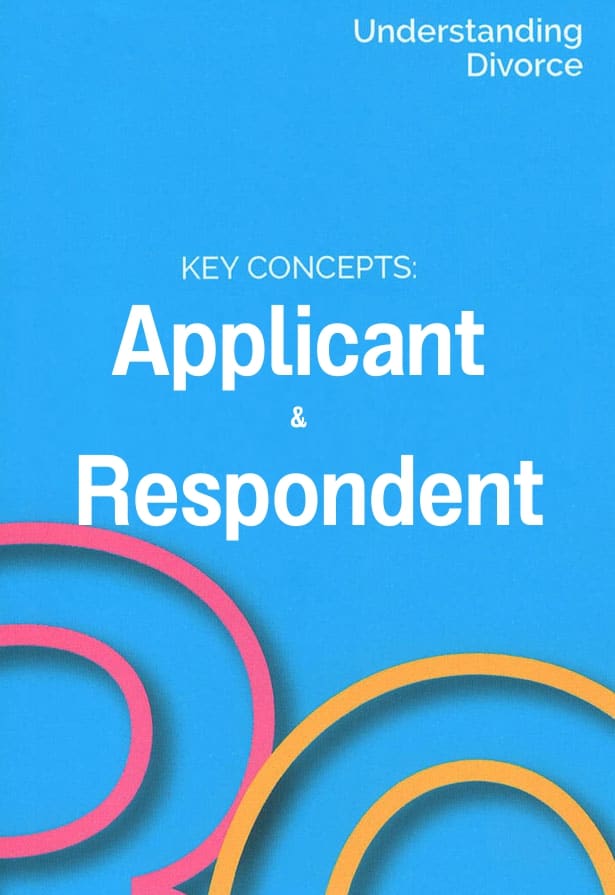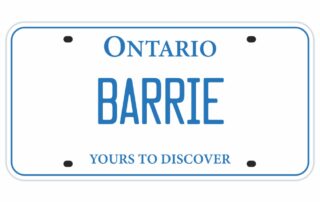Applicant vs Respondent: Navigating Divorce Roles: Key Concept
Being the respondent in a divorce case does not indicate fault or blame
In Canadian divorce proceedings, the respondent is simply the spouse who receives and responds to divorce papers filed by the other party (the petitioner). The role of respondent is purely procedural and carries no implications of wrongdoing or responsibility for the marriage breakdown.
There are several important points to understand about respondents in divorce cases:
- Either spouse can initiate divorce proceedings as the petitioner
- Many divorces are filed on no-fault grounds, particularly citing separation
- The respondent has equal legal rights and opportunities to present their position
- Being named as respondent does not affect the division of assets or support obligations
Sending a separation letter is distinct from being a divorce applicant
A separation letter is an informal personal communication that carries no legal weight in divorce proceedings. The role of divorce applicant is only established when someone formally files divorce papers with the court. While a separation letter can document your intention to separate, it does not initiate legal proceedings.
- The divorce applicant must file official court documents
- Separation letters serve as personal documentation only
- Legal separation and divorce require proper court filings
- Consider consulting a family law professional before taking legal steps
Yes, you can represent yourself as an applicant (lay litigant) in a divorce case in Canada
A lay litigant (also called a self-represented litigant) has the legal right to file and manage their own divorce application without hiring a lawyer. While this can save money, it’s important to understand the responsibilities and challenges involved.
- You must properly complete and file all required court documents
- You need to understand and follow court procedures and deadlines
- You’re responsible for serving documents to your spouse correctly
- You must present your own case in court if required
Though representing yourself is permitted, it’s recommended to seek guidance from legal resources such as divorce mediators, court assistance programs, or legal aid clinics to ensure you understand your rights and obligations throughout the process.
Ken Maynard CDFA, Acc.FM
I assist intelligent and successful couples in navigating the Divorce Industrial Complex by crafting rapid, custom separation agreements that pave the way for a smooth transition towards a secure future. This efficient process is achieved in about four meetings, effectively sidestepping the excessive conflicts, confusion, and costs commonly linked to legal proceedings. Clients have the flexibility to collaborate with me either via video conference or in-person through a DTSW associate at any of our six Greater Toronto mediation centers, located in Aurora, Barrie, North York, Vaughan, Mississauga, and Scarborough.















































